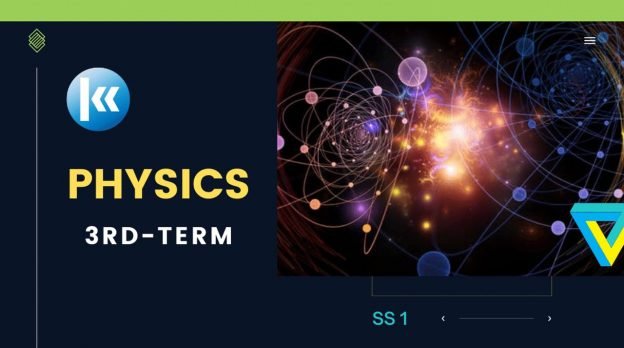
Physics SS1 Lesson Notes with Fun Quizzes, Evaluation Questions, and End of Term Examination for Third Term!
Course Content
Expand All
Lesson Content
0% Complete
0/6 Steps
Lesson Content
0% Complete
0/5 Steps
Lesson Content
0% Complete
0/5 Steps
Lesson Content
0% Complete
0/3 Steps
Lesson Content
0% Complete
0/4 Steps
Lesson Content
0% Complete
0/6 Steps
Lesson Content
0% Complete
0/3 Steps
Preview this Course

Not Enrolled
This course is currently closed
Course Includes
- 8 Lessons
- 37 Topics
- 9 Quizzes
Recent Comments
idayat on Causes of Electoral Malpractices: “I really love the explanation , it was super helpful” Apr 16, 12:20
Login
Accessing this course requires a login. Please enter your credentials below!



Wow it very good and it helps me to know more about physics
Really nice actually, I suggest let the app of this site be created
Very good content